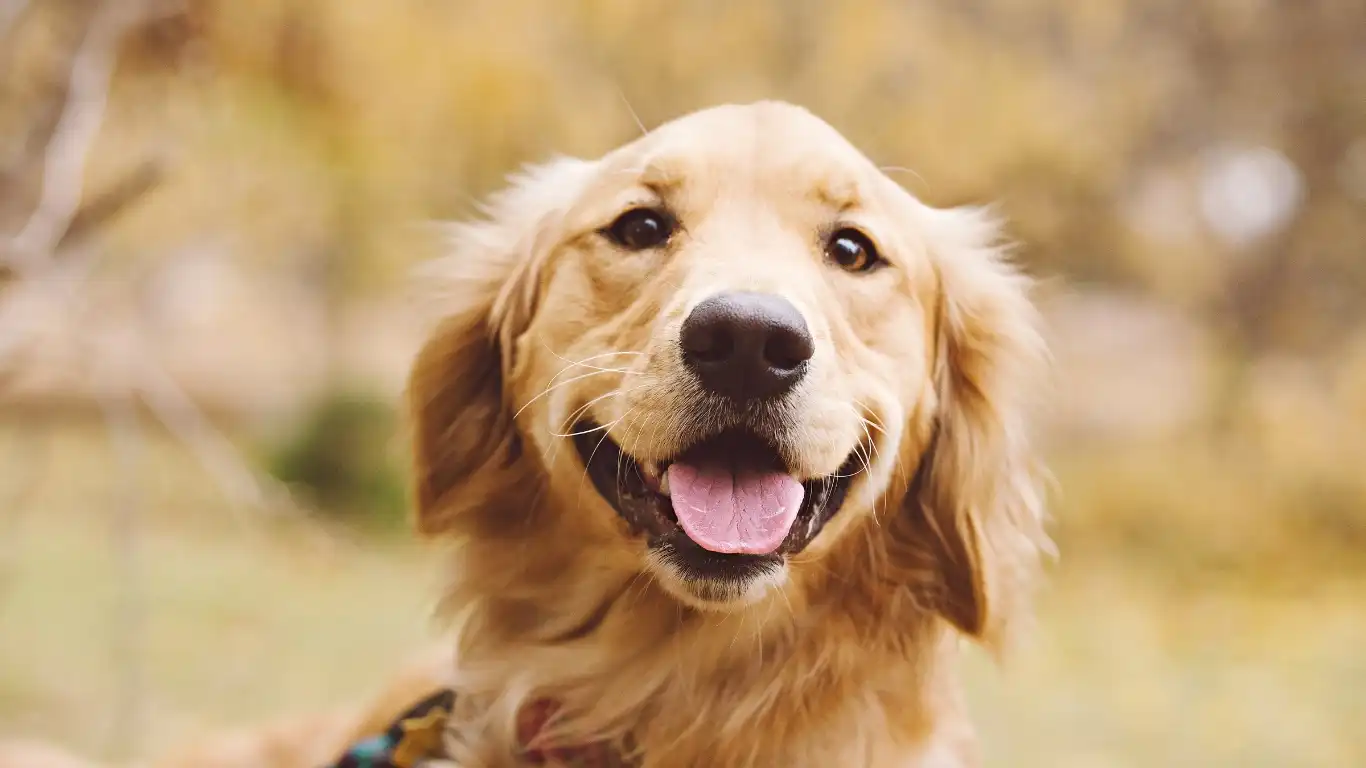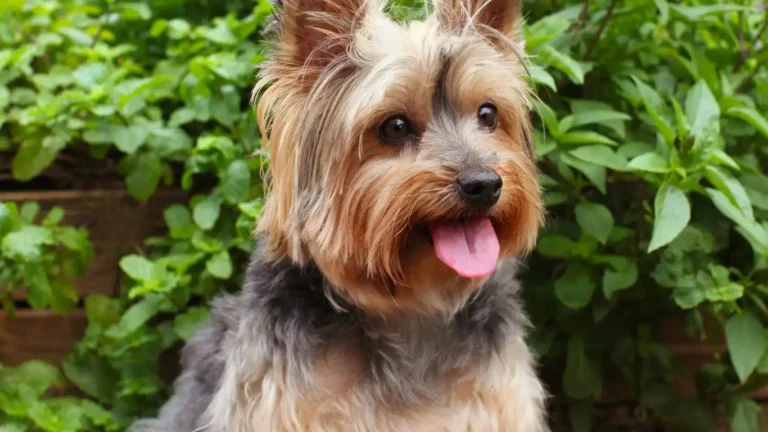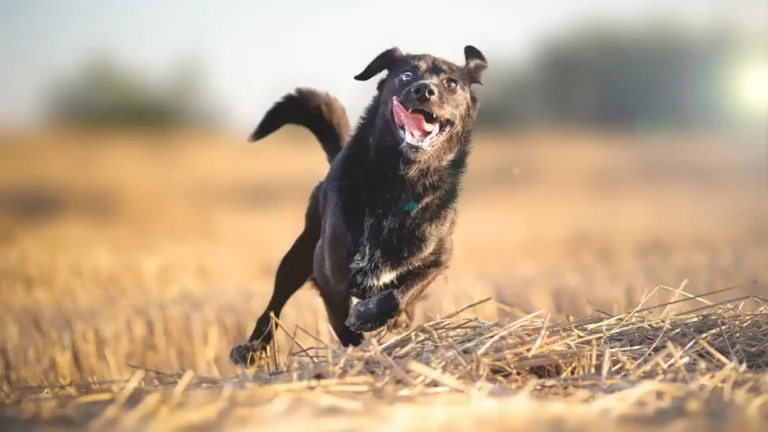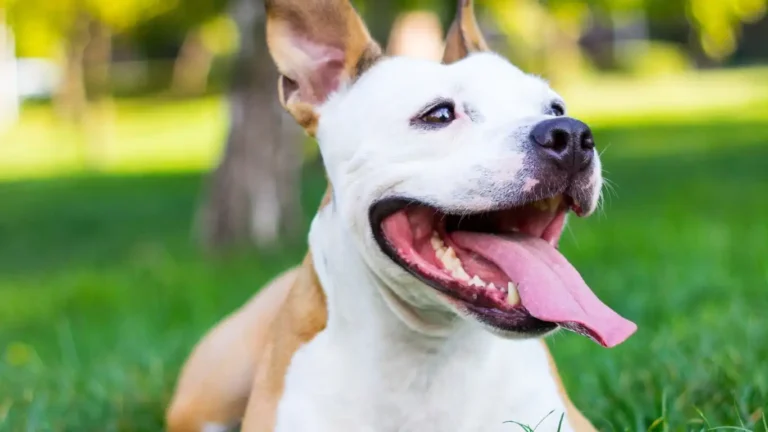Dog Won’t Eat? Discover Expert Tips to Get Your Pup Eating Again!
Ever found yourself staring at your pup’s untouched food bowl, wondering what to do if a dog refuses to eat? You’re not alone. As a Pet Nutritionist working in veterinary clinics, I’ve encountered this issue countless times. It can be stressful—especially if your normally food-loving pooch suddenly turns into a picky eater. But don’t panic just yet! There are plenty of reasons why dogs refuse food, and most of them have simple solutions. Let’s dive into the possible causes and practical tips to get your furry friend back to enjoying mealtime.
Common Reasons Why Dogs Refuse to Eat
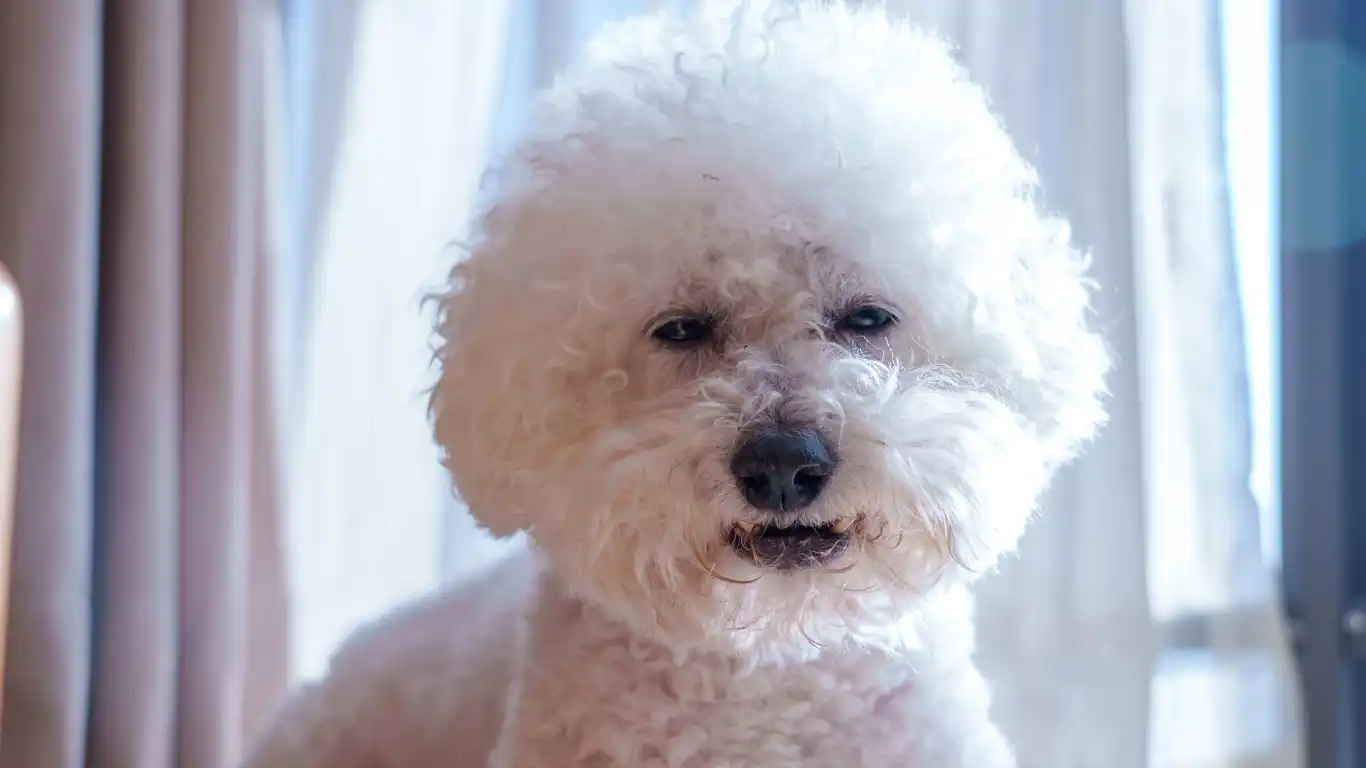
Before you assume the worst, it’s important to consider why your dog might be turning up their nose at food. In my years of working with pet parents, I’ve seen everything from minor mood swings to serious medical conditions. Here are some of the most common reasons:
1. Your Dog is Just Being Picky
Believe it or not, some dogs develop gourmet-level taste buds. If you’ve been offering table scraps or switching foods often, they might be holding out for something better. I once had a client whose Labrador would only eat if they hand-fed him roast chicken first—talk about high maintenance!
2. Stress or Anxiety
Dogs are creatures of habit. A sudden change—moving to a new home, a new pet in the house, or even loud noises—can cause stress, leading to a loss of appetite. I’ve personally seen this in rescue dogs adjusting to new homes. Sometimes, all they need is a little time and patience.
3. Health Issues
Loss of appetite can signal an underlying medical issue. Common health problems that affect eating habits include:
- Dental problems – Broken teeth, gum infections, or painful chewing
- Upset stomach – Eating something they shouldn’t have
- Infections or illnesses – Fever, kidney disease, or liver issues
If your dog hasn’t eaten in more than 24 hours and is showing other symptoms like vomiting or lethargy, it’s time to call your vet.
How to Encourage Your Dog to Eat
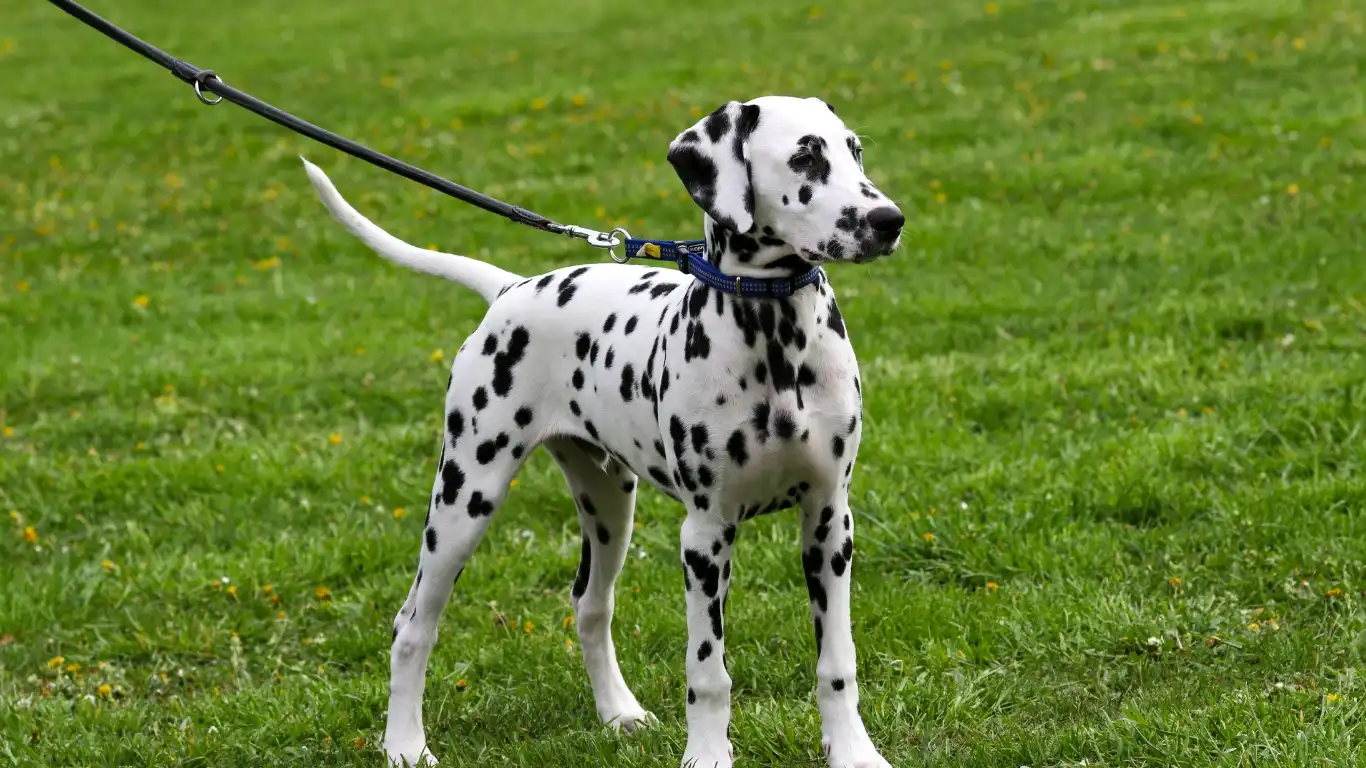
Now that we know some of the common reasons, let’s talk solutions. Getting a dog to eat again often requires a bit of creativity and patience.
1. Switch Up the Food
If your pup is bored with their usual kibble, try adding a little variety. Here are some simple ways to make food more appealing:
- Warm it up: Slightly heating wet food can enhance its aroma.
- Bone broth magic: Drizzle some unsalted bone broth over kibble to add flavor.
- Mix with wet food: Adding canned food to dry kibble makes it more enticing.
2. Create a Feeding Routine
Some dogs need structure to feel secure about mealtime. If you’re free-feeding (leaving food out all day), your dog might not feel hungry enough to eat. Try this instead:
- Serve food at the same times every day.
- Leave it out for 15-20 minutes, then take it away.
- Avoid giving treats or snacks in between meals.
Consistency helps establish a mealtime habit and encourages dogs to eat when food is available.
3. Make Mealtime Fun
Some dogs, especially intelligent breeds, need mental stimulation during meals. I’ve had clients whose dogs wouldn’t eat from a regular bowl but loved puzzle feeders. Here are a few ideas to make food more exciting:
- Use a puzzle feeder or slow-feeder bowl.
- Try hand-feeding in small amounts.
- Scatter kibble on the floor or hide it around the house for a “food hunt.”
When to Worry: Signs Your Dog Needs Veterinary Attention

While a skipped meal here and there isn’t always a cause for concern, certain signs indicate a more serious issue:
- Refusing food for more than 48 hours
- Severe weight loss or noticeable weakness
- Vomiting, diarrhea, or excessive drooling
- Strange behavior, like hiding or avoiding interaction
If your dog exhibits any of these symptoms, don’t wait—schedule a vet visit as soon as possible.
Home Remedies to Stimulate Your Dog’s Appetite
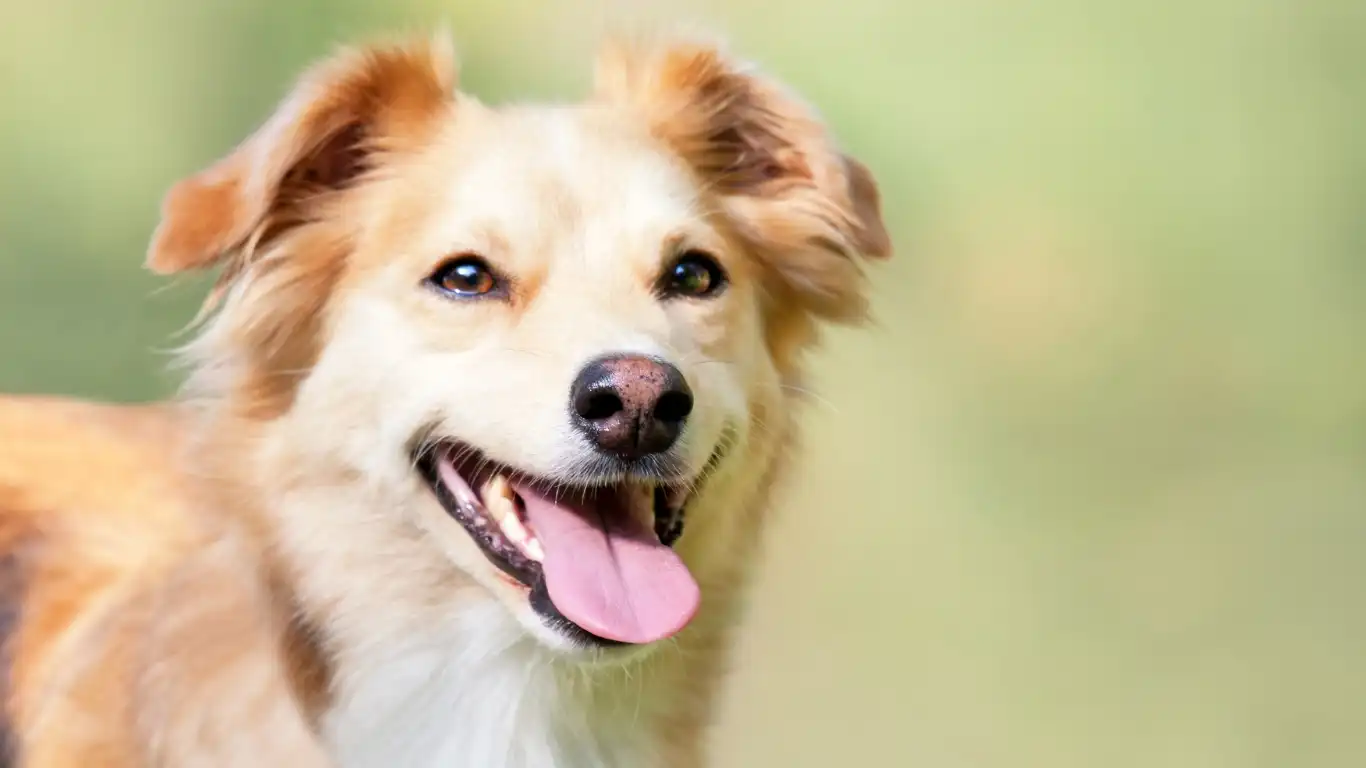
Sometimes, getting a dog to eat requires a little creativity. I’ve worked with many pet parents who swore their dog was the pickiest eater on the planet—until we found the right trick. If your pup is being stubborn about food, try some of these at-home remedies to jumpstart their appetite.
1. Try Hand-Feeding
This is one of my go-to tricks, especially for dogs who are feeling nervous or recovering from an illness. Gently offering food from your hand can make a dog feel more comfortable about eating. It works particularly well for dogs who associate food bowls with something negative (like a recent upset stomach).
2. Add Warm Water or Broth
Dry kibble can be unappealing to some dogs, especially if they’re used to moist or fresh food. Adding a little warm water or unsalted bone broth can soften the food and bring out the aroma, making it more tempting. I had a senior dog patient who wouldn’t eat his kibble until we started mixing it with warm broth—he suddenly acted like it was a five-star meal!
3. Offer Smelly, High-Value Foods
Sometimes, all it takes is an irresistible smell. Dogs have an incredible sense of smell, and stronger scents can trigger their appetite. Try foods like:
- Boiled chicken (plain, no seasoning!)
- Scrambled eggs
- Low-sodium tuna or sardines
- Pumpkin puree (great for digestion too!)
Just be sure to introduce new foods slowly to avoid upsetting their stomach.
4. Use Feeding Games or Training
Some dogs, especially working breeds, love a challenge. Turning mealtime into a game can make food more exciting. Here are a few ideas:
- Use a treat-dispensing toy to release small amounts of food at a time.
- Hide small piles of kibble around the house for a “food hunt.”
- Ask your dog to perform a trick before giving them a bite.
For some dogs, making food feel like a reward can reignite their interest in eating.
Should You Change Your Dog’s Diet?

Sometimes, a loss of appetite means it’s time to rethink what’s in your dog’s bowl. But before you rush to buy a new brand, here are a few things to consider.
1. Check the Ingredients
Dogs can develop sensitivities to certain ingredients over time. If your pup is suddenly avoiding their usual food, check the label for common culprits like:
- Artificial preservatives or fillers
- Grains (for grain-sensitive dogs)
- Protein sources they might not tolerate well
When switching foods, always transition slowly over a week to prevent digestive upset.
2. Consider Fresh or Raw Diets
Some dogs simply prefer fresh food over dry kibble. If you’re open to exploring fresh or raw diets, here are a few options:
- Fresh-cooked meals: Lightly cooked meats, vegetables, and rice (balanced for nutrition).
- Raw diets: A mix of raw meats, bones, and organs (best done under vet guidance).
- Freeze-dried raw: A great compromise between kibble and raw food.
Before making a big diet switch, consult with your vet or a pet nutritionist to ensure your dog is getting a balanced diet.
How Long Can a Dog Go Without Eating?
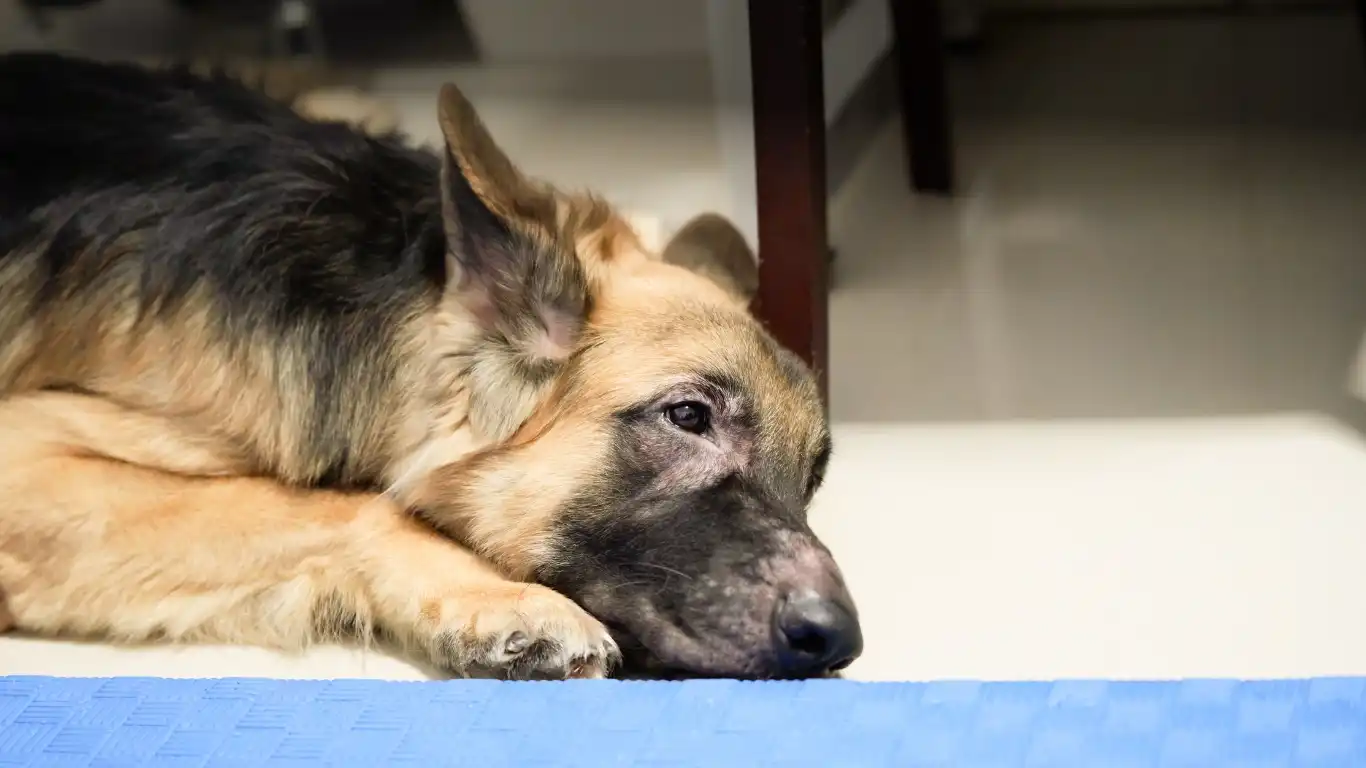
It’s natural to worry when your dog refuses food, but how long is too long? Generally, healthy adult dogs can go up to 48 hours without food without serious issues. However, this timeframe depends on factors like age, size, and health status.
1. Puppies and Small Dogs
Young puppies and small-breed dogs have faster metabolisms, so they can’t go as long without eating. If a puppy refuses food for more than 12-24 hours, it’s time to contact your vet.
2. Senior Dogs or Sick Dogs
Older dogs and those with existing health conditions shouldn’t go more than 24 hours without food. They’re more vulnerable to weakness and complications from prolonged fasting.
3. What About Water?
While dogs can survive without food for a while, water is a different story. Dehydration sets in quickly, especially in hot weather. Always make sure your dog has access to fresh, clean water. If they refuse to drink, that’s a major red flag—contact your vet immediately.
Professional Treatments for Dogs That Refuse to Eat
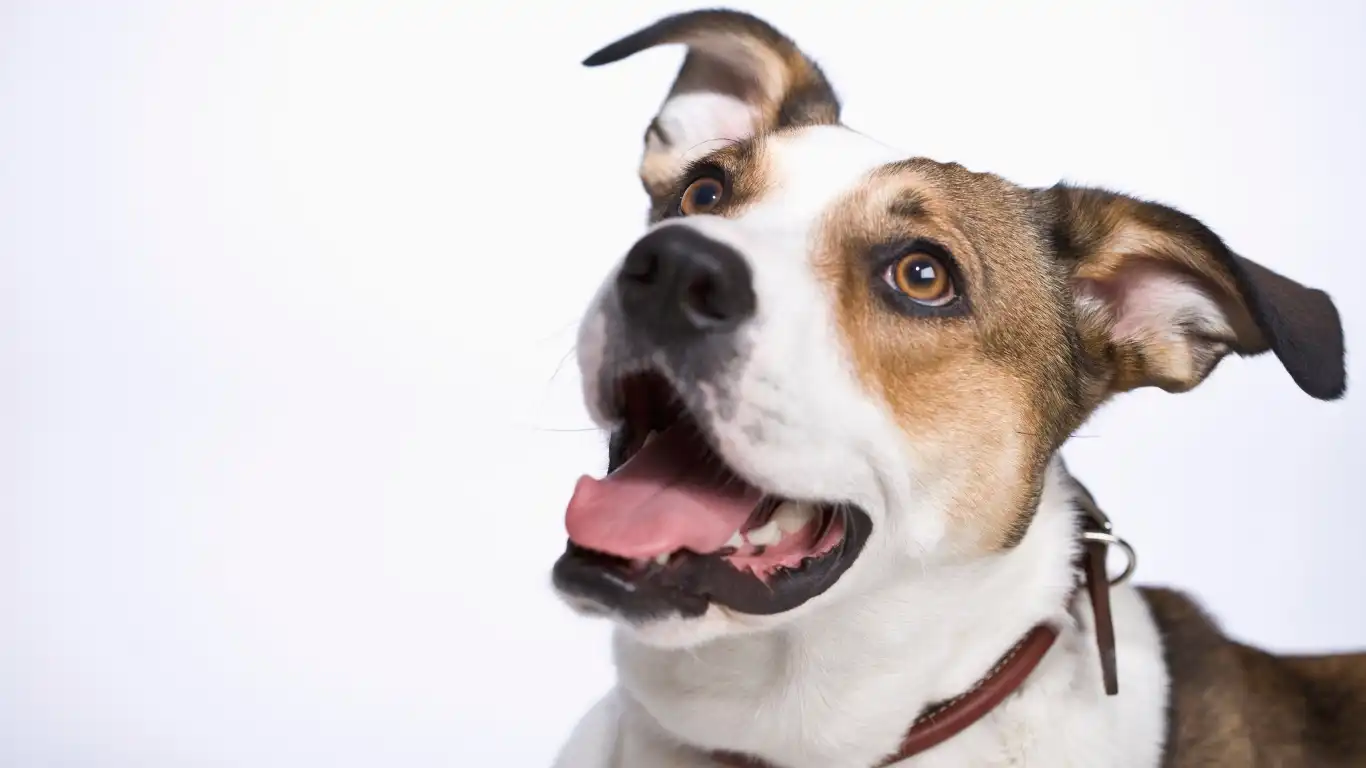
If you’ve tried everything and your dog still isn’t eating, it might be time to seek professional help. In my experience working with veterinarians, we’ve seen cases where home remedies weren’t enough, and medical intervention was necessary. Here’s what a vet might do to help your dog regain their appetite.
1. Diagnostic Testing
When a dog refuses food for an extended period, vets often start with a series of tests to rule out underlying health issues. These may include:
- Blood work: To check for infections, organ function, and any deficiencies.
- Urinalysis: To identify kidney or urinary tract issues.
- X-rays or ultrasound: To look for blockages, tumors, or digestive problems.
If your dog’s refusal to eat is due to illness, catching it early can make all the difference.
2. Appetite Stimulants
In some cases, vets prescribe appetite stimulants to encourage eating. These medications can help dogs recovering from surgery, illness, or stress-related anorexia. Common appetite stimulants include:
- Mirtazapine: A common medication used to boost appetite and reduce nausea.
- Capromorelin (Entyce): A liquid appetite stimulant designed specifically for dogs.
- CBD oil: Some vets recommend CBD for appetite stimulation, but always consult before using.
3. Fluid Therapy
Dehydration can make dogs feel even less inclined to eat. If your pup hasn’t been drinking water either, a vet may administer subcutaneous or intravenous fluids to restore hydration and energy levels. This is especially common in cases of vomiting, diarrhea, or heat exhaustion.
4. Prescription Diets
For dogs with chronic health conditions, standard pet food might not be ideal. Vets sometimes recommend prescription diets tailored to specific medical needs. Some common options include:
- Gastrointestinal diets: For dogs with sensitive stomachs.
- Renal-support diets: Designed for dogs with kidney disease.
- Hypoallergenic diets: For dogs with severe food allergies.
These diets are usually available through your vet and can make a big difference in your dog’s overall well-being.
Preventing Future Eating Issues
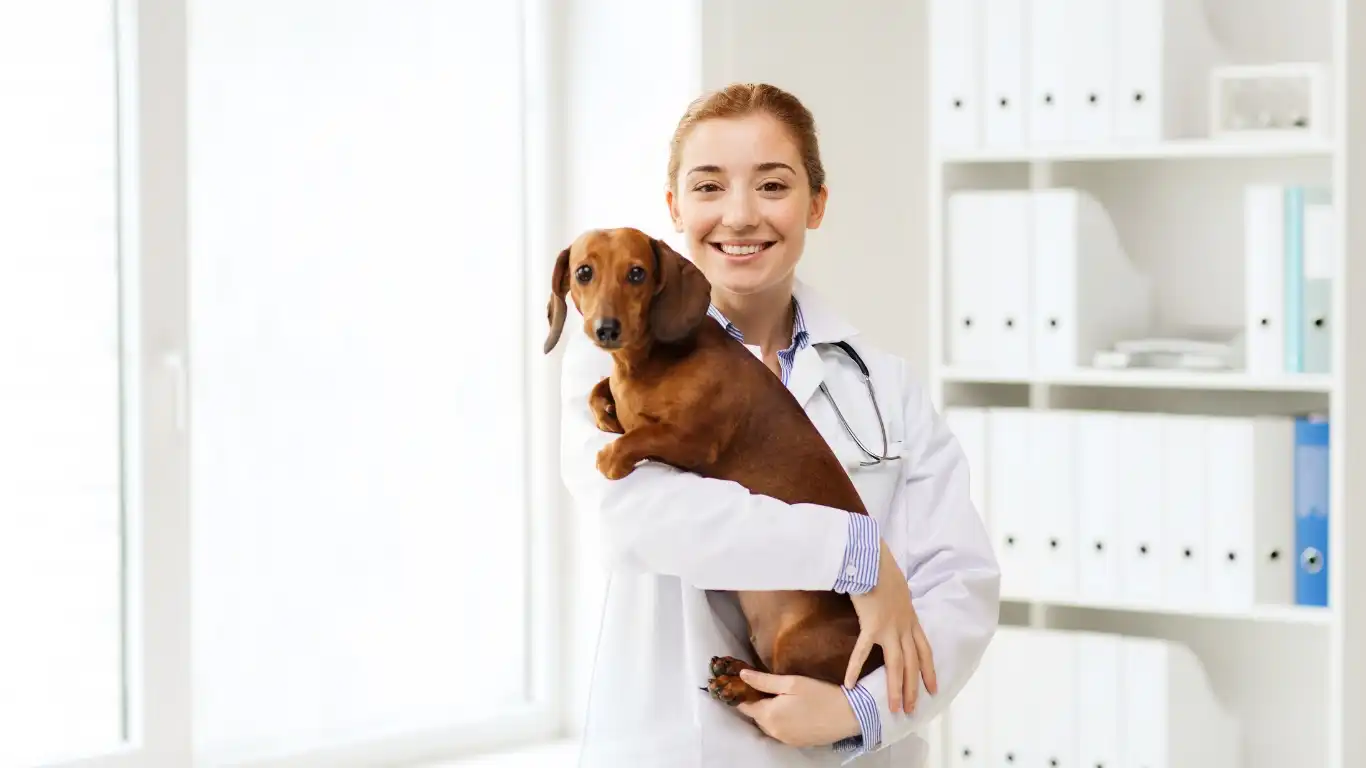
Once you get your dog eating again, the last thing you want is a repeat of the problem. Here are a few proactive steps to keep mealtime stress-free and enjoyable.
1. Stick to a Feeding Schedule
Dogs thrive on routine, and feeding them at the same time each day helps regulate their appetite. If you’ve been free-feeding, try switching to set meal times.
2. Avoid Too Many Treats
As tempting as it is to spoil your pup, too many treats can lead to a disinterest in regular food. I always recommend using treats sparingly and making sure they don’t make up more than 10% of their daily calorie intake.
3. Reduce Stress Around Mealtime
Some dogs feel anxious about food, especially if they’ve had negative experiences in the past. Make sure their feeding area is quiet, away from distractions, and that they don’t feel rushed or pressured.
4. Keep Their Food Fresh
Would you want to eat stale food? Neither does your dog. Store kibble in an airtight container, and make sure canned or fresh food is used before its expiration date.
Final Thoughts
Figuring out what to do if a dog refuses to eat can feel overwhelming, but with patience and persistence, you can help your pup regain their appetite. Whether it’s a simple case of pickiness or something more serious, paying attention to their eating habits and acting quickly can make all the difference.
If you’re ever unsure about your dog’s health, always consult a veterinarian. Early intervention is key to preventing bigger problems down the road. And remember—sometimes, a little extra love and attention is all it takes to get your furry friend back on track.
References
Disclaimer
The information in this article is for educational purposes only and is not a substitute for professional veterinary advice. If your dog is experiencing prolonged loss of appetite, consult your veterinarian for a proper diagnosis and treatment plan.
